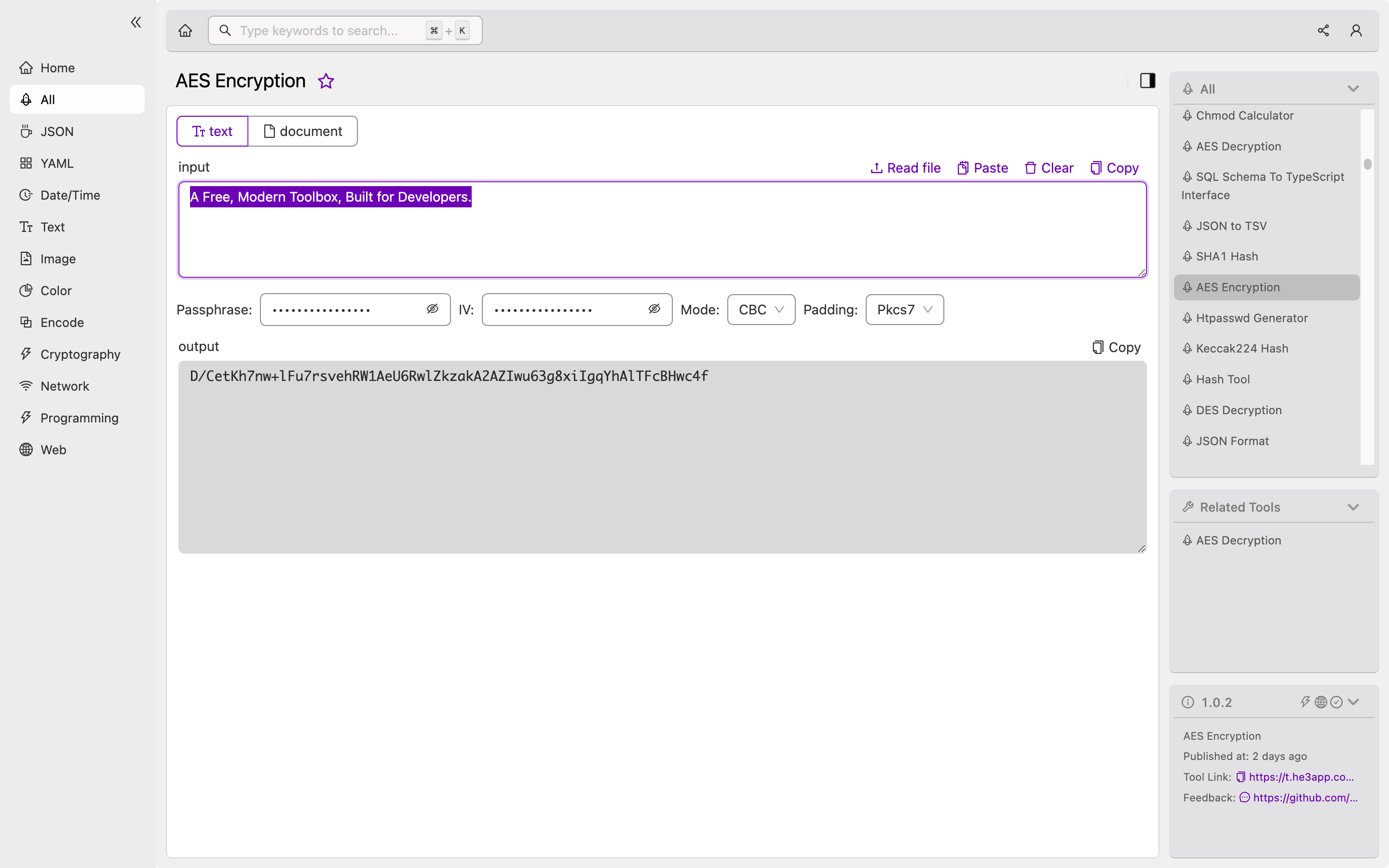Introduction
Encryption has become an essential part of today’s digital age, with the growing need to protect information and data from hackers and cybercriminals. Several encryption algorithms meet this need, and one of the most popular ones is Advanced Encryption Standard (AES). In this guide, we’ll explore what AES encryption is, its benefits, and its use case scenarios for developers.
What is AES Encryption?
AES encryption is a symmetric encryption algorithm that works by encrypting and decrypting data using a secret key. Symmetric encryption algorithms use the same key for both encryption and decryption, ensuring that only authorized users can access the encrypted data. AES encryption is known for its strength, speed, and versatility, making it a popular choice for securing sensitive information and data.
How AES Encryption Works
AES encryption makes use of a block cipher encryption model, meaning it divides data into fixed-size blocks and applies a mathematical function to each block to generate ciphertext. The model uses a secret key to perform mathematical transformations on the data, making it unreadable to any unauthorized party. The encrypted data can only be decrypted using the same secret key, making it secure and safe from any unwanted intrusion.
Key Features of AES Encryption
| Key Features | Description |
|---|---|
| 128-bit Key | Default option for AES, provides strong security |
| Block Size | Supports blocks of 128, 192 or 256 bits |
| Speed | High-speed encryption and decryption assured |
| Versatility | Supports several hardware and software platforms |
Use Cases for AES Encryption
Developers can use AES encryption for different scenarios, including securing passwords, encrypting communication between servers and clients, and protecting sensitive data from hackers. They can also use AES encryption to ensure that any unauthorized access to data is impossible, thereby preserving the integrity of their users’ data.
Misconceptions and FAQs
Misconception: AES Encryption can only encrypt text.
AES encryption can encrypt any type of data, including text, images, videos and other multimedia files.
FAQ #1: Can AES encryption be cracked?
AES encryption is incredibly secure, and it would take an incredibly long time to break a correctly implemented AES encryption. However, it’s worth noting that hackers are always looking for ways to exploit vulnerabilities, which is why it’s crucial to adopt the right security practices.
FAQ #2: What’s the difference between AES 128 and AES 256-bit encryption?
The primary difference between AES 128- and AES 256-bit encryption is the key size, with AES 256-bit encryption providing a stronger layer of security than AES 128-bit encryption.
How to Use AES Encryption
Developers can implement AES encryption using built-in libraries available in their programming language, depending on their project’s requirements. However, this may prove complicated for those without a strong background in cryptography. Alternatively, they can use an AES encryption tool like the one in He3 Toolbox (https://t.he3app.com?hfkq) to make AES encryption simpler and hassle-free.

Conclusion
In conclusion, AES encryption is an effective encryption algorithm that secures sensitive data and protects it from hackers and cybercriminals. Developers can use this algorithm to secure passwords, encrypt communication, and protect users’ sensitive data. Given the importance of data privacy and security, It is crucial to explore and implement the right encryption techniques like AES encryption to ensure that data protection is maintained. For more information, check out the Wikipedia page on AES Encryption.